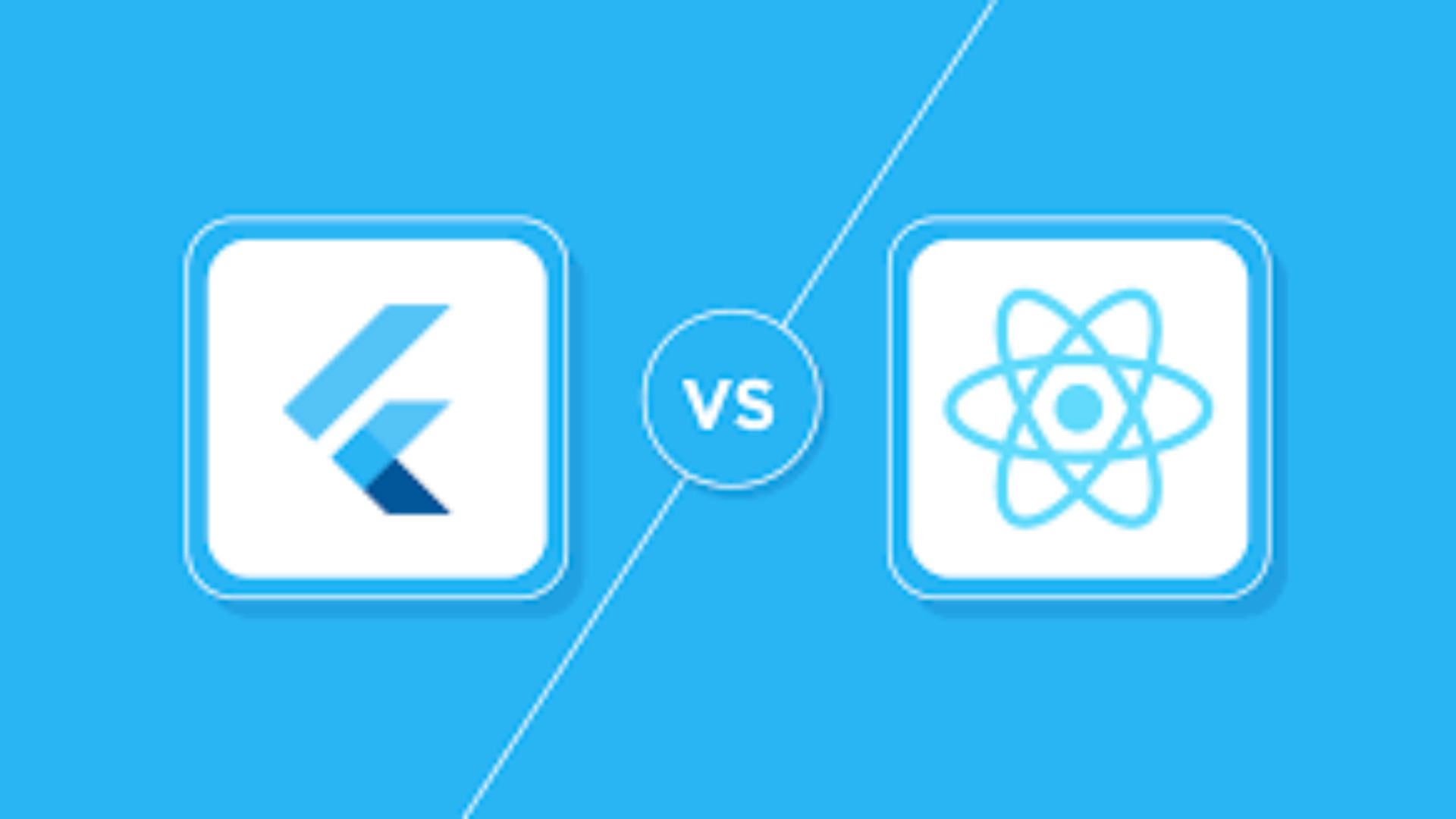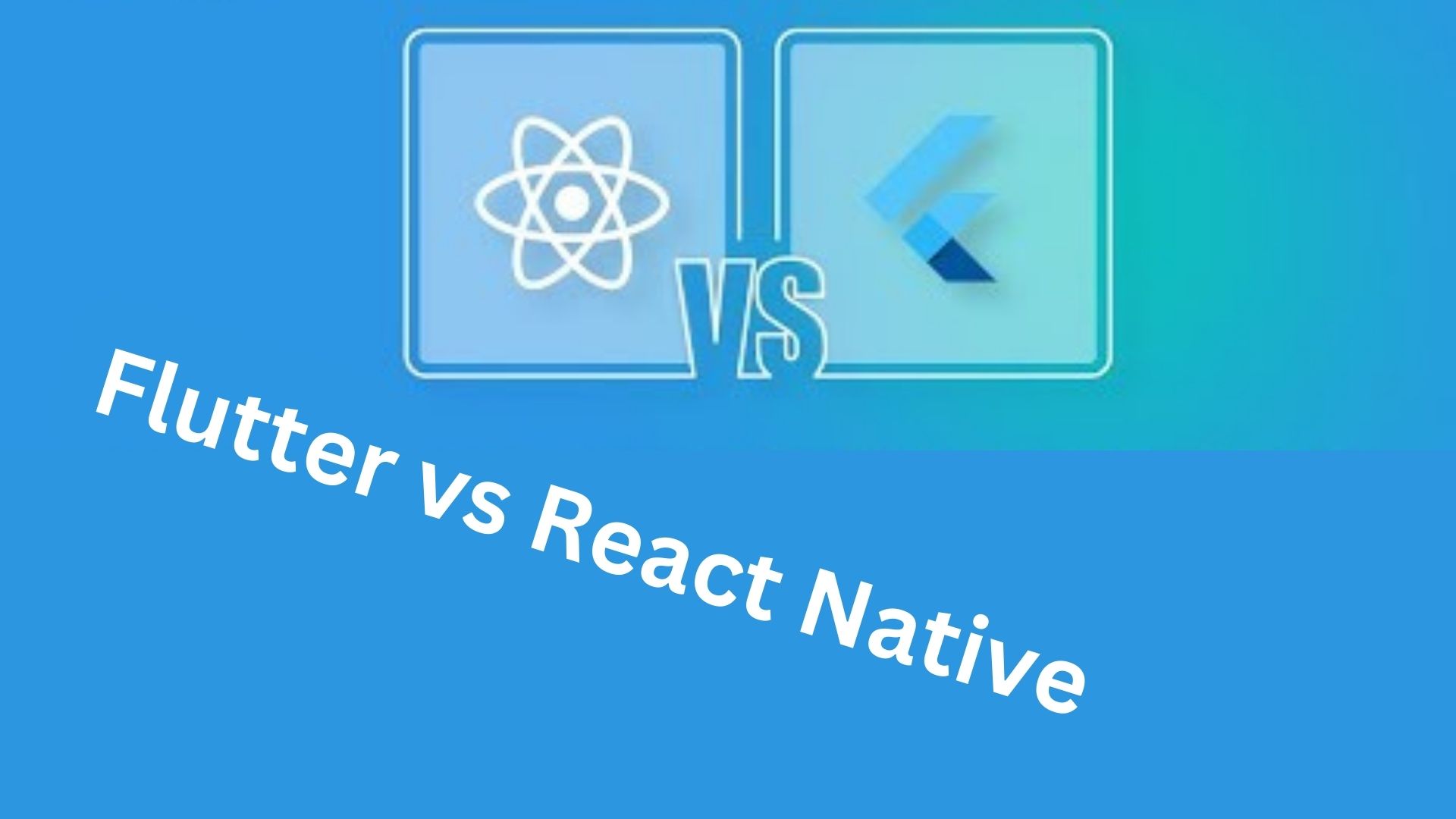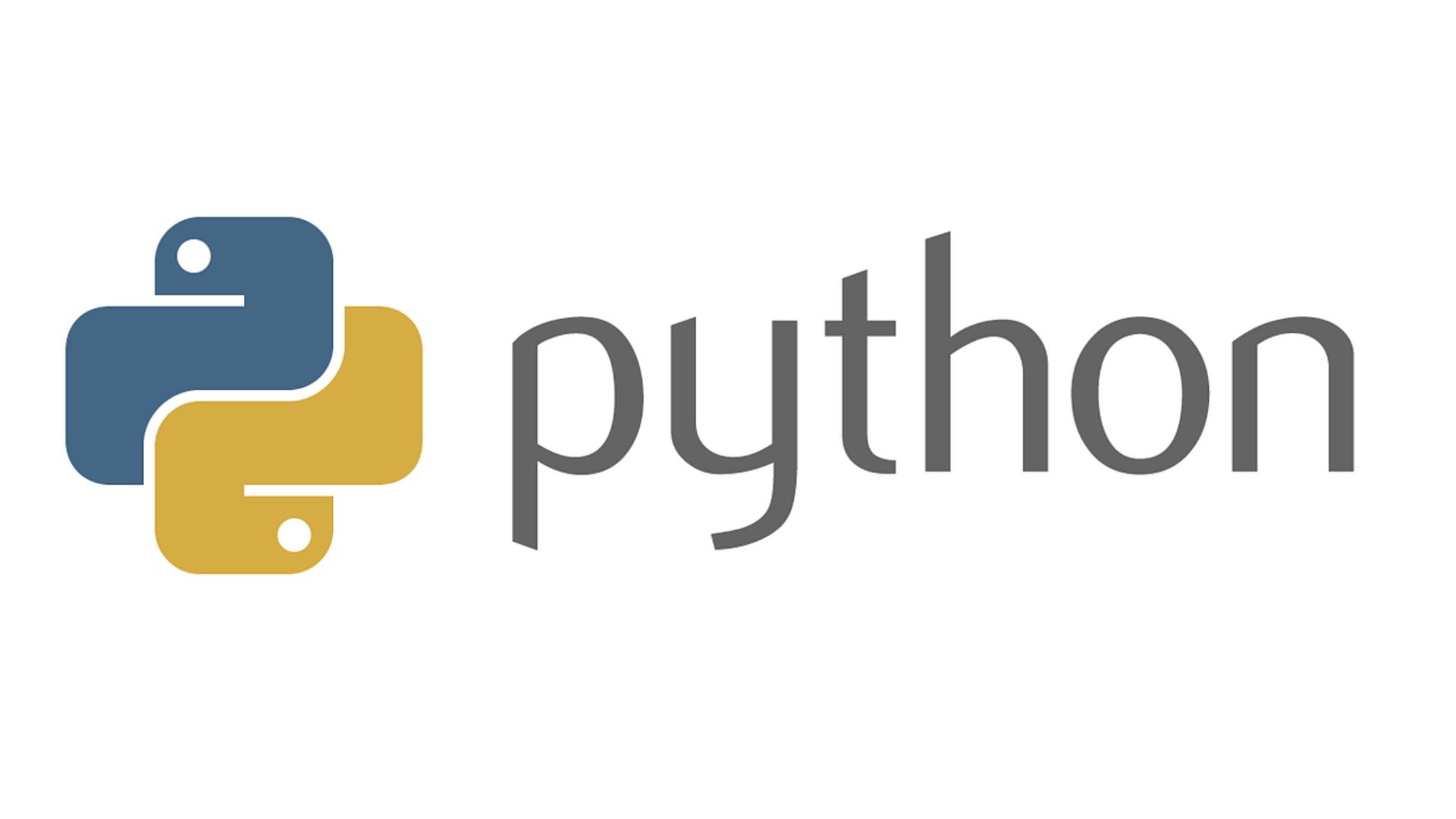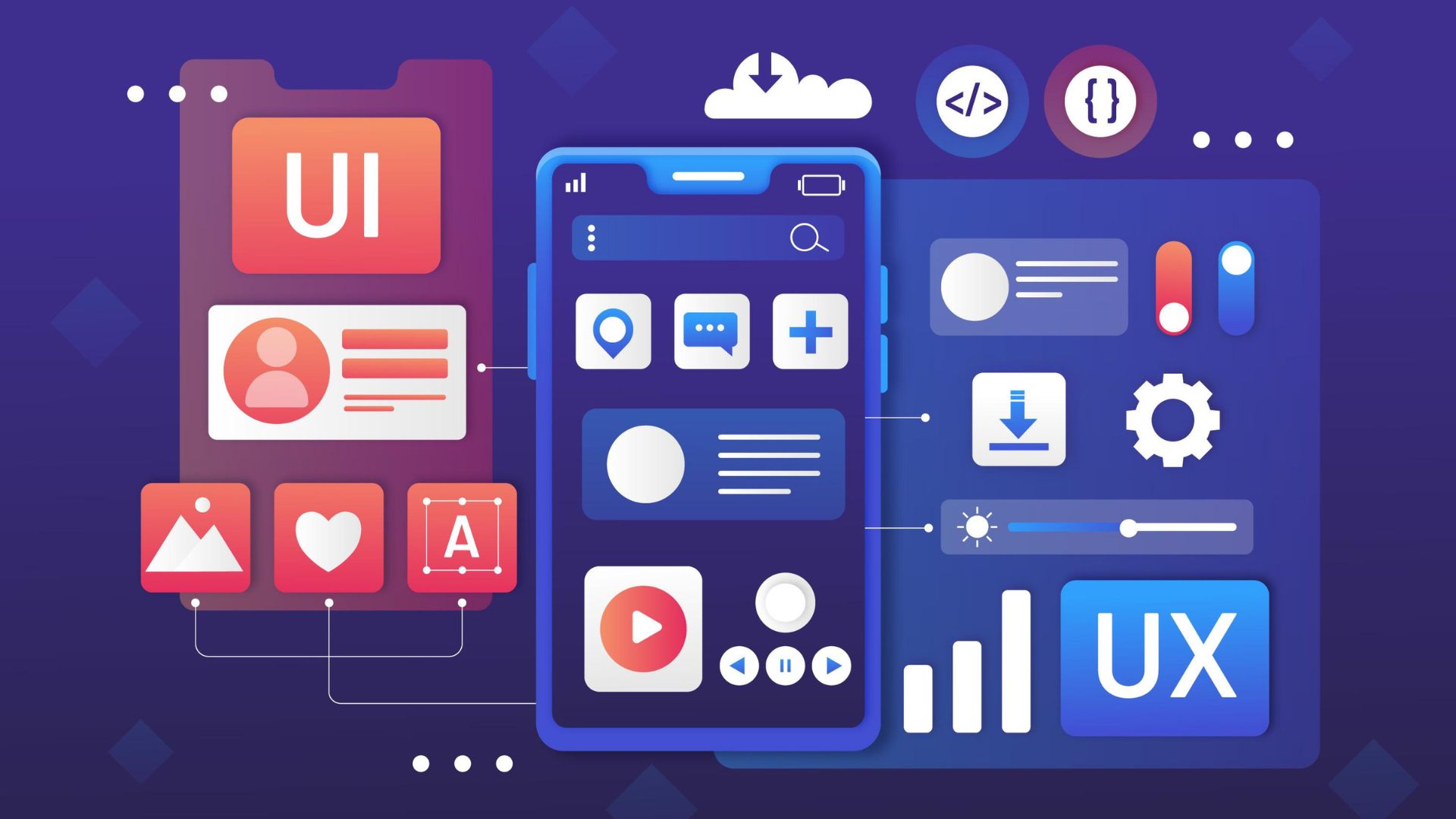
When comparing Flutter and React Native, it’s essential to delve into various aspects to understand their strengths and weaknesses comprehensively. Flutter, developed by Google, emerges as a robust contender in the realm of cross-platform mobile app development. Its open-source nature, coupled with a rich set of features, makes it an attractive option for developers. Flutter’s use of Dart language and its own rendering engine contribute to its impressive performance, resulting in smooth animations and fast UI rendering. Moreover, Flutter offers a wealth of customizable UI components known as widgets, enabling developers to create visually stunning interfaces with ease.
On the other hand, React Native, spearheaded by Facebook, boasts a large and active community, bolstered by its early adoption by major tech companies. Leveraging JavaScript and React, React Native provides a familiar environment for web developers, offering a smoother learning curve. However, React Native’s performance can sometimes be hindered by the bridge connecting JavaScript and native components, leading to performance overhead.
Despite this, React Native remains a popular choice for its rapid development capabilities and extensive third-party libraries. Ultimately, the choice between Flutter and React Native depends on factors such as performance requirements, team expertise, and project goals, with both frameworks offering powerful solutions for cross-platform app development.
Furthermore, when considering the development environment, Flutter’s setup is straightforward, supported by comprehensive documentation and CLI tools. React Native, while well-documented, may require additional configurations, particularly for developers less familiar with JavaScript tooling. In terms of language and syntax, Flutter employs Dart, a statically typed language known for its simplicity and efficiency. React Native, on the other hand, relies on JavaScript and JSX syntax, offering wider adoption but potentially leading to less predictable runtime errors.
Community and support play crucial roles in the success of any framework. Flutter’s community is rapidly growing, backed by Google’s support and frequent updates. Conversely, React Native benefits from a vast and active community, thanks to its adoption by industry giants like Facebook, Instagram, and Airbnb. Both frameworks offer extensive documentation and tutorials to facilitate learning and implementation, with Flutter often praised for the clarity and completeness of its documentation.
Stability and maturity are vital considerations for long-term projects. Flutter has achieved significant stability and maturity over the years, with regular releases and a stable API. React Native, while mature, has encountered occasional issues with stability, particularly during major updates. When it comes to integration with native code, Flutter allows seamless integration, enabling access to platform-specific features and APIs directly. React Native also supports native module integration but may require additional configurations and dependencies.
Platform-specific features are crucial for mobile app development. Flutter provides comprehensive support for such features through its plugins and APIs. React Native offers similar capabilities but may require additional effort to access certain platform-specific functionalities. When evaluating the learning curve, Flutter’s transition may be steep for developers accustomed to traditional mobile app development. In contrast, React Native, leveraging JavaScript and React, offers a gentler learning curve, particularly for web developers.
In conclusion, both Flutter and React Native offer powerful solutions for cross-platform mobile app development, each with its own strengths and weaknesses. Flutter excels in performance, UI flexibility, and integration capabilities, making it ideal for building complex applications. React Native, with its large community and familiarity with web developers, remains a strong contender, especially for projects requiring rapid development and deployment. Ultimately, the choice between Flutter and React Native depends on project requirements, team expertise, and long-term objectives, with both frameworks providing viable options for building high-quality mobile applications.
Table of Contents
Introduction to Flutter and React Native

Flutter and React Native are two leading frameworks in the realm of cross-platform mobile app development, each offering unique advantages and capabilities. Flutter, developed by Google, has garnered attention for its innovative approach to building natively compiled applications from a single codebase. Utilizing the Dart programming language and its own rendering engine, Flutter enables developers to create high-performance, visually appealing apps for mobile, web, and desktop platforms. On the other hand, React Native, backed by Facebook, leverages the popular React library to build mobile applications using JavaScript and native platform components.
React Native’s strength lies in its large and active community, extensive ecosystem of third-party libraries, and seamless integration with native platform features. Both frameworks aim to streamline the app development process, allowing developers to write code once and deploy it across multiple platforms, thereby reducing time-to-market and development costs. As businesses increasingly prioritize cross-platform compatibility and rapid iteration cycles, the choice between Flutter and React Native becomes crucial in determining the success of mobile app projects. Therefore, understanding the nuances and capabilities of each framework is essential for developers and businesses alike in making informed decisions for their mobile app development endeavors.
Flutter vs React Native performance comparison
When comparing the performance of Flutter and React Native, it’s essential to delve into various factors that influence the speed, responsiveness, and overall user experience of mobile applications built using these frameworks. Flutter, powered by the Dart language and its own rendering engine, offers commendable performance due to its ability to compile directly to native code. This compilation approach eliminates the need for a JavaScript bridge, resulting in faster app startup times, smoother animations, and reduced UI rendering latency. Additionally, Flutter’s hot reload feature allows developers to make real-time changes to their codebase, significantly improving development efficiency without compromising performance.
On the other hand, React Native’s performance heavily relies on the bridge connecting JavaScript and native components. While React Native apps can achieve native-like performance, especially with optimization techniques like TurboModules and Hermes, the overhead introduced by the bridge can sometimes lead to performance bottlenecks, particularly in scenarios involving complex UI interactions or heavy computation tasks. Moreover, React Native’s reliance on third-party libraries for certain functionalities may introduce additional overhead, impacting app performance.
In terms of UI rendering, Flutter’s widget-based architecture enables developers to create highly customized and visually appealing interfaces with ease. The framework’s reactive framework ensures that UI updates are efficiently propagated, resulting in smoother animations and transitions. React Native, leveraging the React library, follows a similar component-based approach, allowing for reusable UI elements and a declarative programming style. However, the performance of React Native apps may vary depending on factors such as the complexity of the UI hierarchy and the efficiency of JavaScript execution.
Overall, while both Flutter and React Native offer solutions for building high-performance mobile applications, Flutter’s compilation to native code and streamlined rendering pipeline give it a slight edge in terms of performance. However, React Native’s extensive ecosystem, large community, and familiarity with web developers make it a viable option for projects where rapid development and cross-platform compatibility are paramount, despite potential performance trade-offs. Ultimately, the choice between Flutter and React Native should consider the specific requirements of the project, including performance goals, development timelines, and available resources.
Flutter vs React Native UI design
When it comes to UI design in the context of Flutter vs React Native, both frameworks offer distinct approaches and features. Flutter, known for its “everything is a widget” philosophy, provides a rich set of customizable UI components out-of-the-box. These widgets allow developers to create visually stunning and consistent user interfaces across different platforms with ease. Flutter’s UI design capabilities are further enhanced by its built-in Material Design and Cupertino widget libraries, which offer ready-made components tailored for Android and iOS platforms respectively. Additionally, Flutter’s “hot reload” feature accelerates the UI design process by allowing developers to instantly see the changes they make in real-time, fostering a highly iterative and responsive design workflow.
On the other hand, React Native adopts a more flexible approach to UI design, leveraging React’s component-based architecture. While React Native offers a wide range of UI components and modules through third-party libraries and community contributions, it doesn’t provide the same level of out-of-the-box UI design consistency as Flutter. However, React Native’s flexibility allows developers to easily customize and extend existing components to meet specific design requirements. Furthermore, React Native’s compatibility with popular JavaScript libraries and frameworks such as Redux and TypeScript enables developers to leverage existing UI design patterns and practices from the web development ecosystem, streamlining the UI design process for those with prior web development experience.
In summary, Flutter excels in providing a comprehensive and cohesive UI design experience, thanks to its rich widget library and instant feedback loop, making it an ideal choice for projects that prioritize consistency and platform-specific design guidelines. On the other hand, React Native offers flexibility and familiarity for developers coming from a web development background, allowing them to leverage existing skills and libraries to create customized and visually appealing user interfaces. Ultimately, the choice between Flutter and React Native for UI design depends on factors such as project requirements, developer expertise, and design preferences.
React Native vs Flutter documentation
When it comes to documentation, both React Native and Flutter have invested significantly to provide extensive resources for developers. React Native’s documentation, maintained by Facebook, is comprehensive and regularly updated, offering detailed guides, API references, and community-contributed content. It covers various aspects of React Native development, including setup, core components, native modules, and debugging techniques. Additionally, React Native’s documentation includes tutorials and examples to help developers grasp fundamental concepts and best practices.
On the other hand, Flutter’s documentation, backed by Google, is equally robust and user-friendly. It provides in-depth documentation on Flutter’s architecture, widgets, layout systems, and APIs, catering to both beginners and experienced developers. Flutter’s documentation also emphasizes practical examples and code snippets, making it easier for developers to understand and implement complex features. Furthermore, Flutter’s documentation includes guidance on platform-specific integrations, performance optimization, and debugging tools, ensuring developers have all the resources they need to build high-quality applications efficiently.
In summary, both React Native and Flutter offer comprehensive documentation tailored to the needs of developers. While React Native’s documentation benefits from Facebook’s support and widespread adoption, Flutter’s documentation stands out for its clarity, completeness, and emphasis on practical examples. Ultimately, the quality of documentation plays a crucial role in developers’ productivity and the success of cross-platform mobile app projects.
Flutter vs React Native learning curve
When comparing the learning curves of Flutter and React Native, it’s essential to consider the background and familiarity of developers with certain languages and frameworks. Flutter, with its use of Dart programming language and reactive UI development paradigm, often presents a steeper learning curve, particularly for developers who are accustomed to traditional mobile app development or are new to Dart. The language itself may require some adjustment period due to its syntax and features, such as strong typing and asynchronous programming. Additionally, Flutter’s widget-based approach to building UIs may initially feel unfamiliar to developers accustomed to markup languages like XML or JSX.
On the other hand, React Native leverages JavaScript, a language widely used in web development, making it more accessible to developers already familiar with web technologies. Developers with experience in React.js will find React Native’s component-based architecture intuitive, reducing the learning curve significantly. The ability to reuse existing JavaScript libraries and packages further accelerates the development process for those already versed in the JavaScript ecosystem.
However, it’s important to note that familiarity with JavaScript doesn’t necessarily equate to instant proficiency in React Native. Developers may still need time to adapt to React Native’s unique features, such as the bridge connecting JavaScript and native components, as well as its specific development patterns and best practices. Moreover, while React Native may offer a gentler learning curve for web developers, it may pose challenges for those accustomed to strongly typed languages or reactive programming paradigms.
Ultimately, the learning curve for both Flutter and React Native varies depending on individual developers’ backgrounds, prior experiences, and learning preferences. While React Native may have an edge for web developers transitioning to mobile app development, Flutter’s comprehensive documentation, vibrant community, and powerful features make it a compelling choice for developers willing to invest time in mastering its intricacies.
Conclusion: Choosing Between Flutter and React Native
When it comes to choosing between Flutter and React Native, developers must carefully evaluate their project requirements, team expertise, and long-term goals. Flutter offers unparalleled performance, a rich set of UI components, and seamless integration with native code, making it an excellent choice for projects that prioritize speed, efficiency, and platform flexibility. On the other hand, React Native’s extensive community support, familiarity with web technologies, and smoother learning curve make it an attractive option for teams looking to leverage existing JavaScript skills and rapidly prototype applications.
Ultimately, the decision boils down to factors such as project complexity, performance expectations, and developer preferences. Regardless of the choice, both frameworks offer robust solutions for cross-platform mobile app development, empowering developers to create high-quality applications that resonate with users across multiple platforms.
FAQs About Flutter vs React Native
- Which framework is better for performance, Flutter, or React Native?
- Flutter generally outperforms React Native due to its use of Dart and its own rendering engine, providing smoother animations and faster UI rendering.
- Is Flutter easier to learn compared to React Native?
- The learning curve for Flutter can be steeper, especially for developers not familiar with Dart or reactive programming concepts. However, React Native’s reliance on JavaScript may offer a gentler learning curve for web developers.
- Which framework has better community support, Flutter, or React Native?
- Both Flutter and React Native have active and supportive communities. Flutter’s community is growing rapidly, backed by Google’s support, while React Native benefits from early adoption by major tech companies.
- Can Flutter and React Native apps access platform-specific features?
- Yes, both frameworks allow access to platform-specific features through plugins and native module integration. However, Flutter’s integration with native code is often considered more seamless.
- Which framework is more suitable for large-scale projects?
- Both Flutter and React Native are capable of handling large-scale projects. The choice depends on factors such as team expertise, project requirements, and performance considerations.


